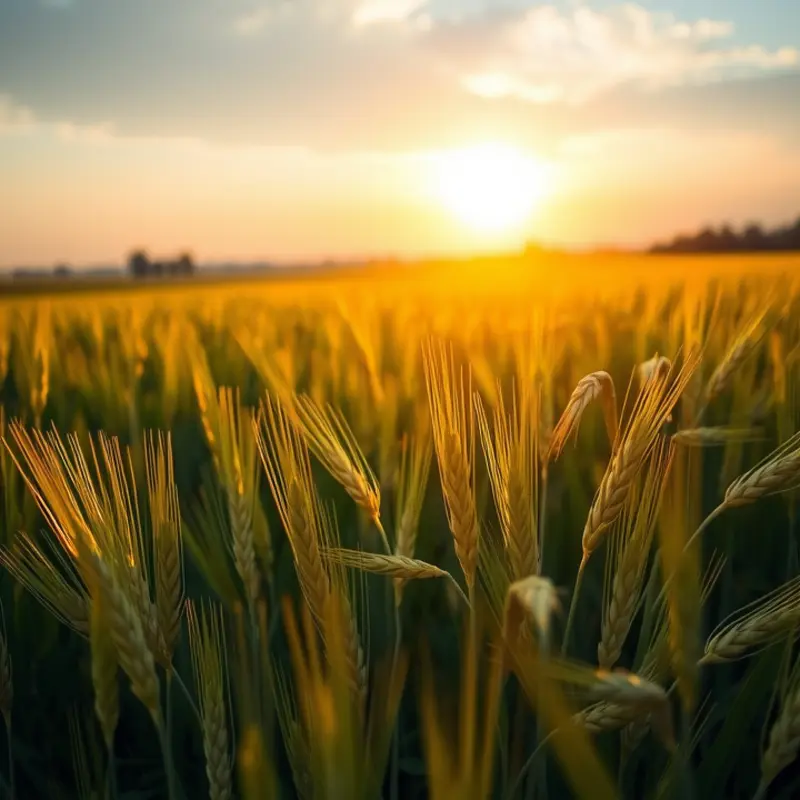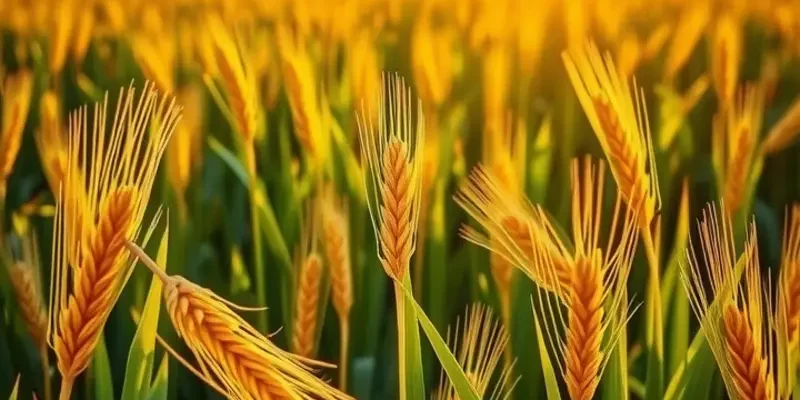Across continents and cultures, bread serves as a universal symbol of nourishment and community. Each variety tells a tale, infused with local ingredients, traditional baking methods, and customs that trace back generations. From the airy baguettes of France to the moist focaccia of Italy, every bread variety carries a piece of its nation’s identity. Let’s journey through two fascinating chapters exploring the diverse world of national bread varieties, bridging cultures and culinary traditions.
Breads of Europe: A Culinary Mosaic

Europe’s diverse landscape is mirrored in its array of bread varieties, each carrying a unique story of regional identity. Starting with France, the baguette stands as an emblem of French culinary art. Crafted with precision, its crispy crust and airy crumb demonstrate the importance of technique in simple ingredients. The baguette, often enjoyed fresh daily, is a testament to the French dedication to freshness and quality.
Heading south to Italy, focaccia exemplifies an altogether different approach. Fluffy, yet substantial, this bread is infused with olive oil, giving it a rich flavor and moist texture. Topped with herbs like rosemary or simply sprinkled with sea salt, focaccia reflects the Italian emphasis on highlighting the natural flavors of its ingredients. It pairs perfectly with cured meats and cheeses, underscoring Italy’s love for communal meals.
Germany presents a stark contrast with its pumpernickel, a bread that requires patience and precision. Dark, dense, and slightly sweet, pumpernickel’s deep color comes from an extended baking time and a combination of rye flour and a small amount of whole rye berries. This hearty bread, often made without additional sweeteners, showcases the German appreciation for robust, earthy flavors.
Beyond these iconic examples, Europe offers countless other breads, each using different grains and techniques. For instance, the Scandinavian crispbread, often made with rye or whole wheat, reflects the region’s history of preserving foods through drying. Austrian kaiser rolls, with their intricate star pattern, emphasize the beauty of bread as an art form.
Fermentation plays a crucial role across these bread varieties. Sourdough, which uses naturally occurring lactobacilli and yeast, has grown from a traditional method to a modern favorite, lauded for its depth of flavor and health benefits. For those interested in fermentation’s impact on bread, exploring the nuances of sourdough might lead to a greater appreciation for this ancient technique. Learn more about fermentation and bread.
The European bread landscape is as much about the people as it is about the produce. Local ingredients, passed down recipes, and regional traditions all contribute to the distinctive qualities of each loaf. These breads are more than sustenance; they are an edible link to the past, grounding us in cultural heritage through their simple, yet profound, presence on the table.
Breads of Asia: An Expression of Tradition

Asia’s rich tapestry of cultures and traditions is reflected vividly in its bread varieties. Whether it’s the comforting warmth of a freshly baked naan from the Indian subcontinent or the delicate fluffiness of China’s mantou, these breads serve as both staples and symbols, deeply embedded in their regions’ culinary identities.
India’s Naan
Best known beyond its borders, naan’s origins trace back to Persian influences, but its adaptation by Indian communities has made it unique. Traditionally baked in tandoors—a type of clay oven—naan’s slightly charred and smoky flavor is unmatched. The process of making naan involves leavening dough with yeast or yogurt, which allows it to puff gently in the high heat of the tandoor. It’s often brushed with ghee or butter right after baking, providing a fragrant and rich finish.
In India, naan is more than a mere accompaniment; it’s a participant in celebratory meals and communal gatherings. Whether paired with robust curries or utilized to scoop up creamy dals, naan plays a versatile role in the daily culinary dance, mingling with flavors and textures to create an unforgettable dining experience.
China’s Mantou
Travel north to China, and one discovers the simplicity and elegance of mantou. Typically made from wheat flour, water, and yeast, this steamed bun carries a subtle sweetness enhanced through fermentation. Unlike its Indian counterpart, mantou is not baked but steamed, a technique that yields a soft, billowy bread. In Northern China, where wheat predominates over rice, mantou is a daily staple, especially during breakfast.
During major festivals such as Chinese New Year, mantou morphs into festive shapes and sizes, becoming more than nourishment—a beacon of prosperity and good fortune. Its adaptability extends beyond the cultural to the personal, as families often add flavors like pumpkin or red bean paste, personalizing to suit regional tastes or family traditions.
Bread as a Cultural Connector
Bread in Asia serves as a delicious thread that ties communities together, transcending mere sustenance. These breads are an expression of culinary influences that have evolved through centuries of trade and cultural exchange, infusing local techniques with external inspirations.
Across religious ceremonies, family gatherings, and everyday meals, bread has the power to tell stories of shared history, migration, and adaptation. It is through these diverse varieties that we observe how bread acts as a cultural connector, binding generations and preserving culinary heritages through time.
Each bite is a reminder of the regions’ historical trading pathways and the localized stories of people adapting to their environments. These breads of Asia reflect the exquisite balance of tradition and innovation, forming a delectable mosaic of flavors, techniques, and memories.
Final words
The global landscape of bread is more than just an assortment of delicious staples; it’s a journey through time and culture. Each loaf tells the story of its people, reflecting the land’s resources and the traditions passed down through generations. As you immerse yourself in the diverse world of bread varieties, you celebrate the age-old connection between food and culture, realizing that every bite serves as a bridge to understanding our shared human experience. So the next time you break bread, take a moment to appreciate the history and heritage that shape each delightful slice.








